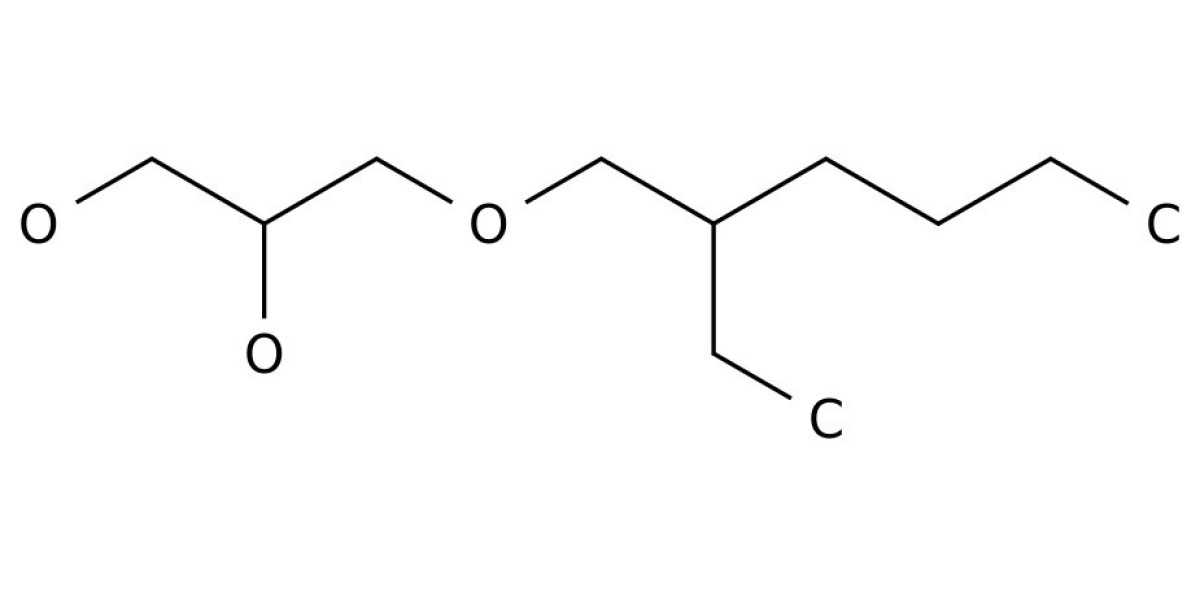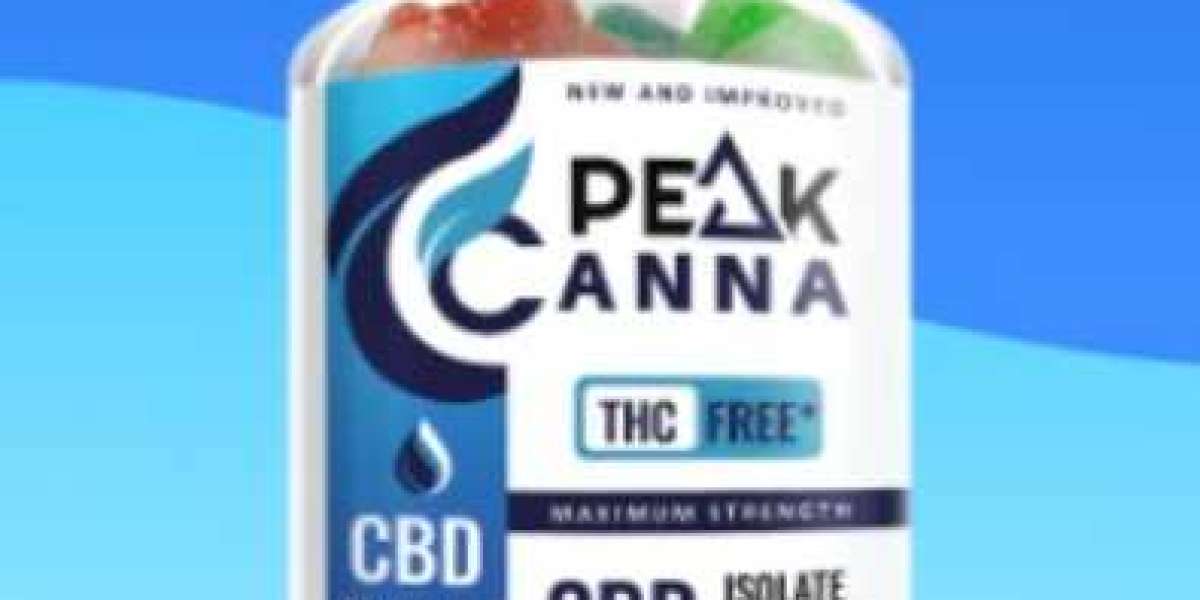Ethylhexylglycerin at a Glance
1.Skin-softening agent with mild humectant (hydration boosting) properties
2.Multitasks with preservative capabilities to improve formulary stability
3.Also popular in deodorants where it has an inhibiting effect on odor-causing bacteria
4.Proven track record of safety
5.Pale to colorless liquid as a raw material
Ethylhexylglycerin Description
Ethylhexylglycerin is a synthetic skin-softening agent. Ethylhexylglycerin can also be used as a preservative and carrier/suspending agent that boosts the efficacy of other preservatives such as phenoxyethanol.
It has been shown to have mild humectant properties leading to improved skin hydration without a sticky feel. Ethylhexylglycerin is also popular in deodorant formulas where it has an inhibiting effect on odor-causing bacteria. Antibacterial action is also where it earns its keep as a preservative, but since it isn’t effective against other type of pathogens, it would always be used with more broad-spectrum preservatives.
As a raw material, ethylhexylglycerin is a pale to colorless liquid. It is formed by a condensation reaction between 2-ethyhexanol (an oil-like ingredient) and glycerin.
In 2013, the Cosmetic Ingredient Review Expert Panel deemed ethylhexylglycerin as safe used in up to 8% concentration in rinse-off products and up to 2% in leave-on formulas. Studies regarding sensitization patch tests of 5% ethylhexylglycerin show that reactions to this ingredient are very rare and their occurrence in a broad population is considered low risk.








